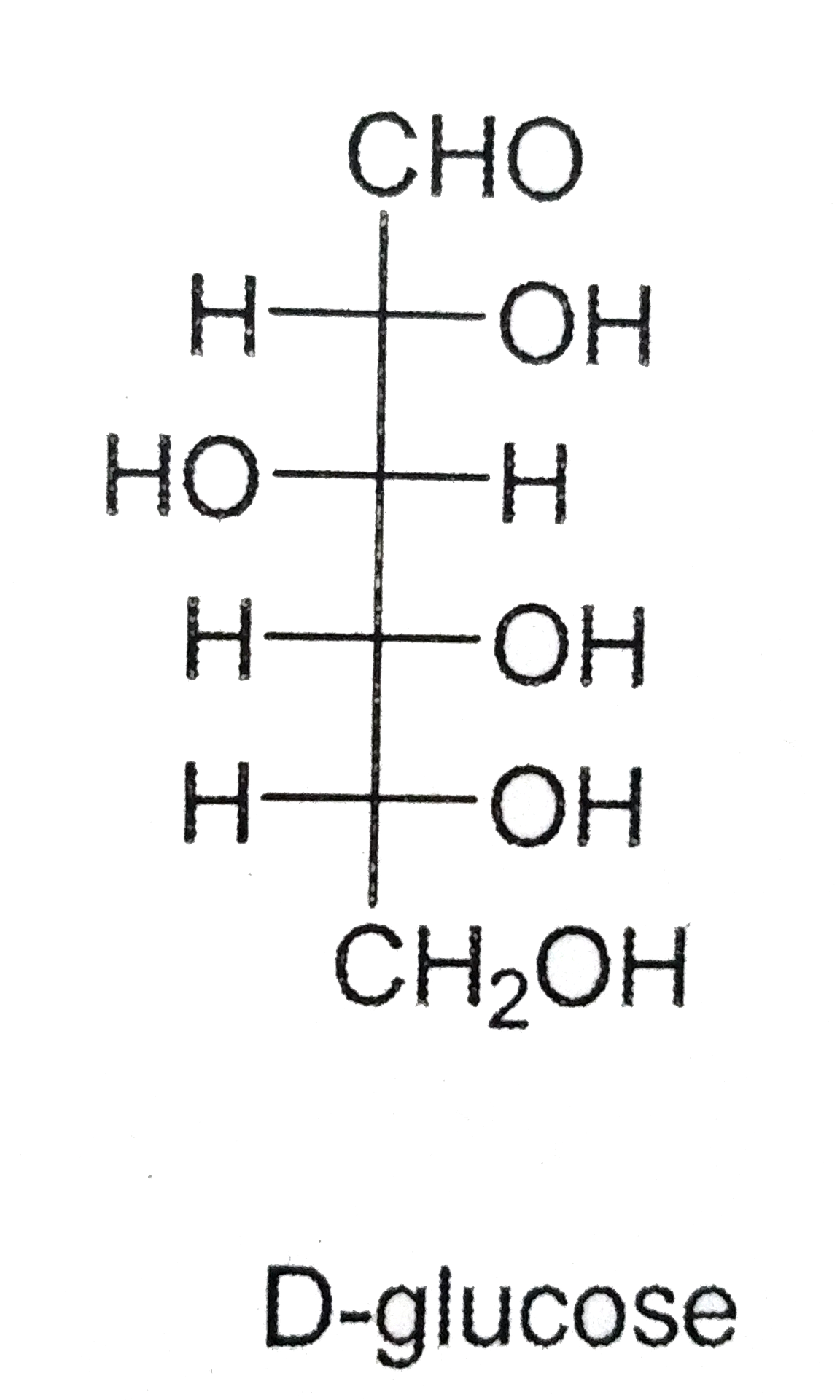The two structures of d-glucopyranose forms are
anomers
enantiomers
epimers
diastereoisomers
The correct Answer is:A
To determine the two structures of D-glucopyranose, we need to understand the formation of its cyclic structure and the concept of anomers. Here’s a step-by-step breakdown of the solution:
Step 1: Understand D-Glucose Structure
D-glucose is an aldohexose, which means it contains an aldehyde group (-CHO) and six carbon atoms. The linear structure of D-glucose can be represented as follows:
- Linear Structure:
- CHO (C1)
- CH2OH (C6)
- OH (C2)
- OH (C3)
- OH (C4)
- OH (C5)
Step 2: Formation of the Cyclic Structure
D-glucose can cyclize to form a six-membered ring called glucopyranose. This occurs when the hydroxyl group on the C5 carbon atom attacks the carbonyl carbon (C1) of the aldehyde group, resulting in the formation of a hemiacetal.
- Cyclic Structure:
- The oxygen from the hydroxyl group on C5 forms a bond with C1, creating a ring structure.
Step 3: Identify the Two Anomeric Forms
When D-glucose cyclizes, it can form two different anomers based on the orientation of the hydroxyl group at the anomeric carbon (C1):
1. Alpha (α) D-glucopyranose:
- In this form, the hydroxyl group (-OH) on C1 is positioned down (trans to the CH2OH group at C5).
2. Beta (β) D-glucopyranose:
- In this form, the hydroxyl group (-OH) on C1 is positioned up (cis to the CH2OH group at C5).
Step 4: Summary of Structures
- Alpha D-glucopyranose:
- The structure can be depicted as:
OC1C5|C2C6|∣C3C4
- Beta D-glucopyranose:
- The structure can be depicted similarly, but the orientation of the -OH at C1 differs:
OC1C5|C2C6|∣C3C4
Conclusion
The two structures of D-glucopyranose are:
1. Alpha (α) D-glucopyranose
2. Beta (β) D-glucopyranose
D-glucose is an aldohexose, which means it contains an aldehyde group (-CHO) and six carbon atoms. The linear structure of D-glucose can be represented as follows:
- CHO (C1)
- CH2OH (C6)
- OH (C2)
- OH (C3)
- OH (C4)
- OH (C5)
D-glucose can cyclize to form a six-membered ring called glucopyranose. This occurs when the hydroxyl group on the C5 carbon atom attacks the carbonyl carbon (C1) of the aldehyde group, resulting in the formation of a hemiacetal.
- The oxygen from the hydroxyl group on C5 forms a bond with C1, creating a ring structure.
When D-glucose cyclizes, it can form two different anomers based on the orientation of the hydroxyl group at the anomeric carbon (C1):
- In this form, the hydroxyl group (-OH) on C1 is positioned down (trans to the CH2OH group at C5).
2. Beta (β) D-glucopyranose:
- In this form, the hydroxyl group (-OH) on C1 is positioned up (cis to the CH2OH group at C5).
- Alpha D-glucopyranose:
- The structure can be depicted as:
OC1C5|C2C6|∣C3C4
- The structure can be depicted similarly, but the orientation of the -OH at C1 differs:
OC1C5|C2C6|∣C3C4
The two structures of D-glucopyranose are:
1. Alpha (α) D-glucopyranose
2. Beta (β) D-glucopyranose
Topper's Solved these Questions
- GENERAL ORGANIC CHEMISTRYBOOK - FIITJEECHAPTER - GENERAL ORGANIC CHEMISTRYEXERCISE - Section (II) [Jee mains]: With Single Correct Choice
78 Videos
- GENERAL ORGANIC CHEMISTRYBOOK - FIITJEECHAPTER - GENERAL ORGANIC CHEMISTRYEXERCISE - MORE THAN ONE CORRECT CHOICES
24 Videos
- GENERAL ORGANIC CHEMISTRYBOOK - FIITJEECHAPTER - GENERAL ORGANIC CHEMISTRYEXERCISE - SINGLE INTEGER ANSWER TYPE QUESTIONS
14 Videos
- GASEOUS STATEBOOK - FIITJEECHAPTER - GASEOUS STATEEXERCISE - MATCHING LIST TYPE QUESTION
1 Video
- HYDROCARBONSBOOK - FIITJEECHAPTER - HYDROCARBONSEXERCISE - SINGLE INTEGER ANSWER TYPE QUESTION
9 Videos
Similar Questions
Knowledge Check
The Fischer presentation of D-glucose is given below.

the correct structures of 3-glucopyranose isA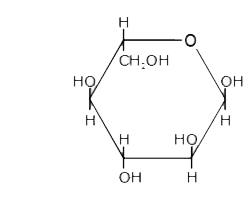 B
B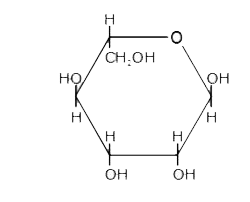 C
C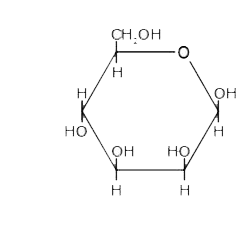 D
D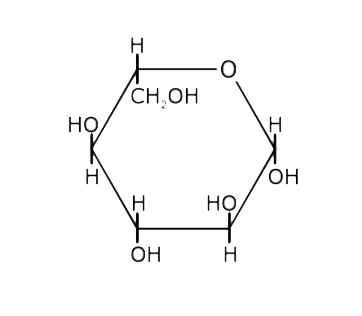
The Fischer presentation of D-glucose is given below

The correct structure(s) of β−L− glucopyranose is (are)A B
B C
C D
D
The two forms of D-glucopyranose obtained from solution of D-glucose are known as:
AisomersBanomersCepimersDenantiomers
Write the structures of α−D−(+)− glucopyranose and β−D−(+) glucopyranose.
View SolutionStudy the structures of α−D-(+) glucopyranose and β−D(+) glucopyranose and mark the correct statement.
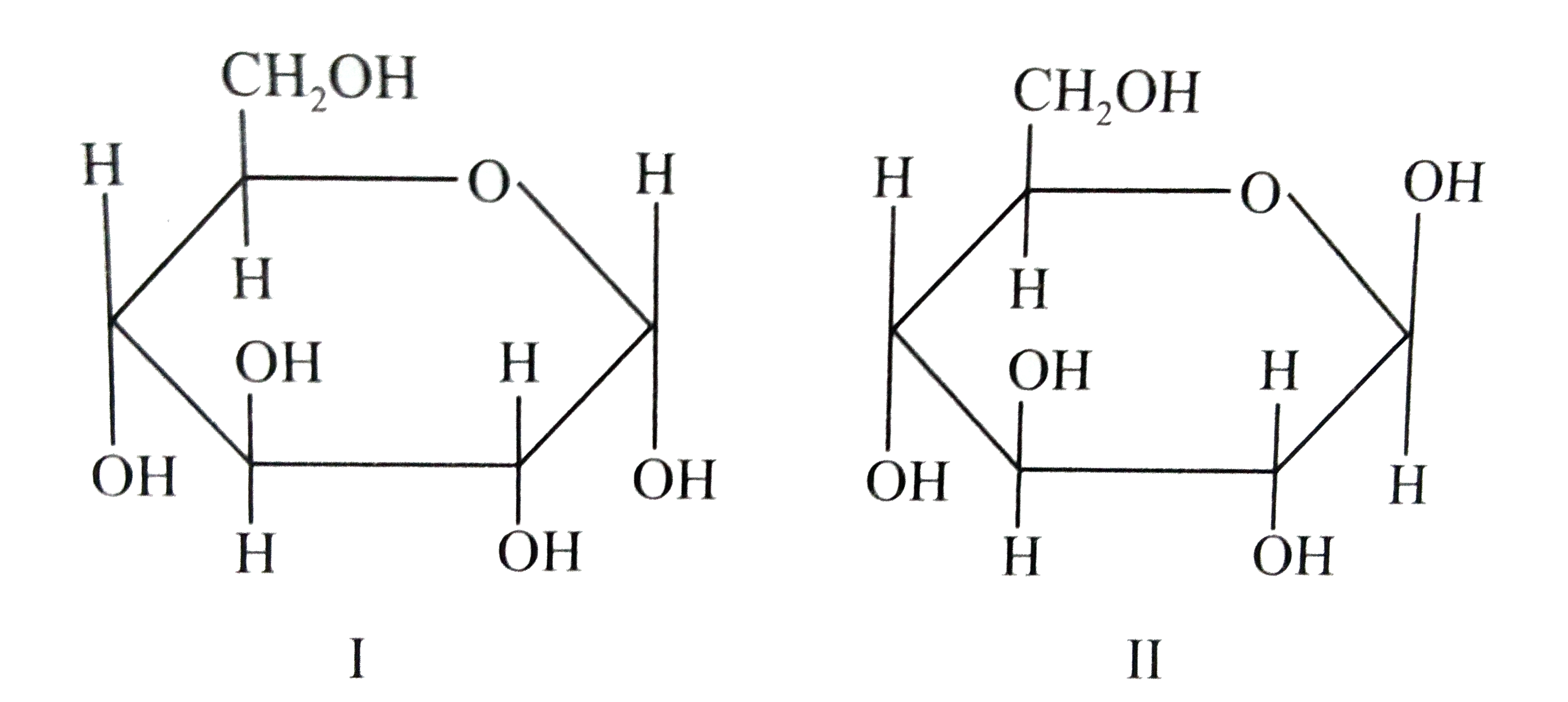
View SolutionThe two forms of D-glucopyranose obtained from the solution of D-glucose are called
View SolutionThe two forms of D-glucopyranose obtained from solution of D-glucose are known as:
View SolutionThe two forms of D glucopyranose obtained from the solution of D glucose are called
View Solution
